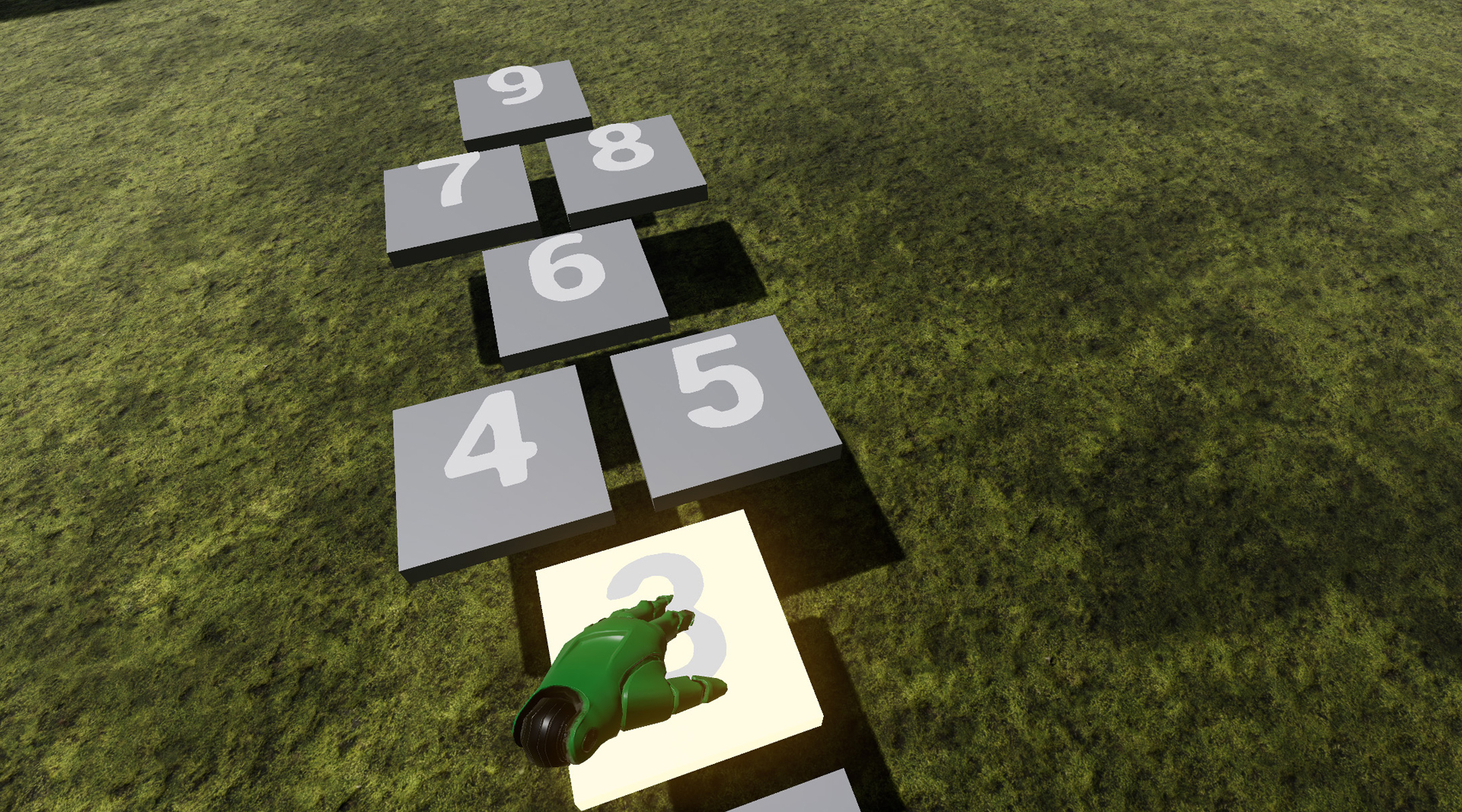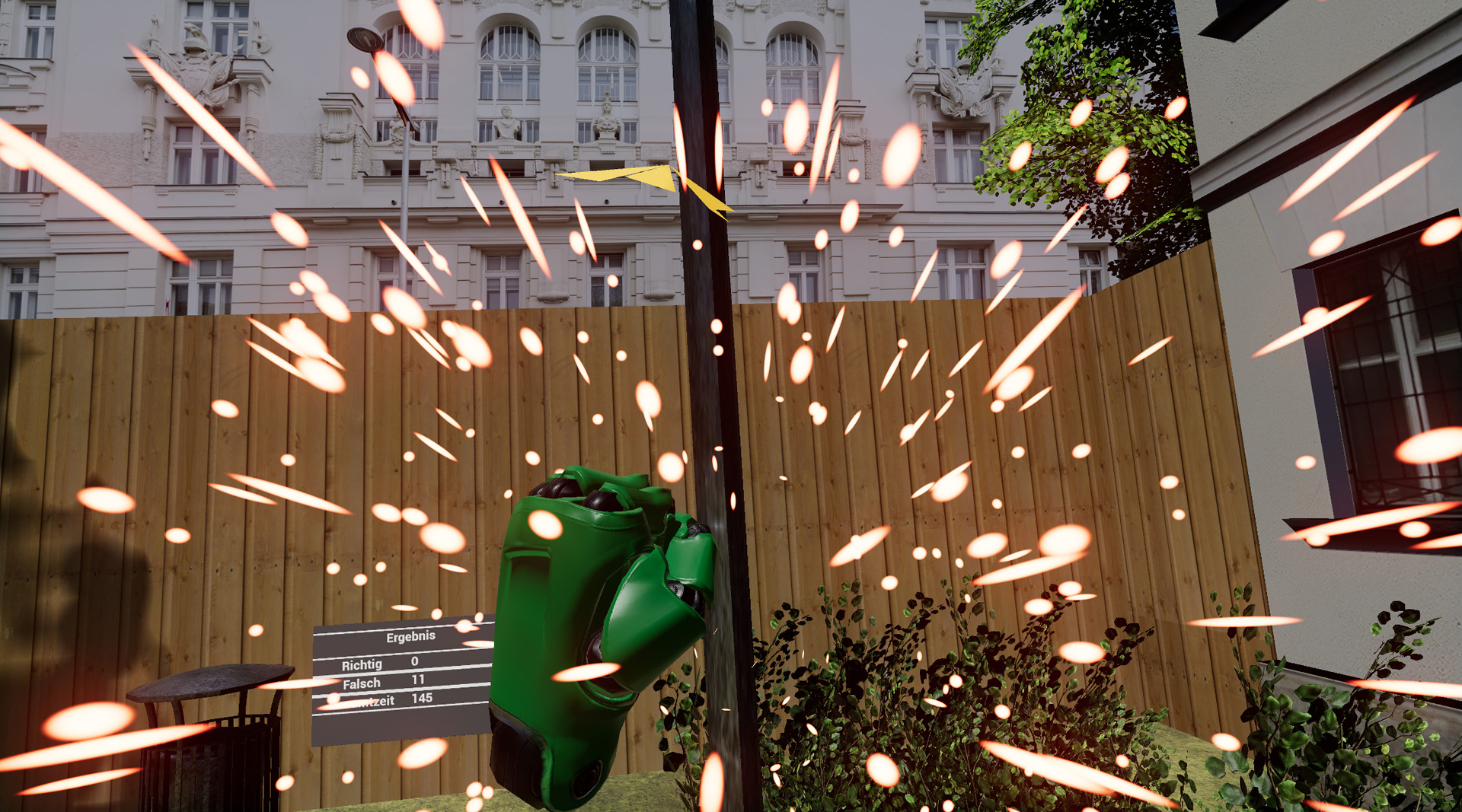“The Virtual Schoolyard” by Krösl, Schuster, Felnhofer, Rinnerthaler, Kothgassner, et al. …
Conference:
Type(s):
Entry Number: 27
Title:
- The Virtual Schoolyard
Presenter(s)/Author(s):
Abstract:
This work presents a virtual reality simulation for training different attentional abilities in children and adolescents. In an interdisciplinary project between psychology and computer science, we developed four mini-games that are used during therapy sessions to battle different aspects of attentional disorders. First experiments show that the immersive game-like application is well received by children. Our tool is also currently part of a treatment program in an ongoing clinical study.
References:
- Leonard R Derogatis and Nick Melisaratos. 1983. The brief symptom inventory: an introductory report. Psychological medicine 13, 3 (1983), 595–605.
- OD Kothgassner and A Felnhofer. 2013. The Technology Usage Inventory (TUI): A new assessment to measure psychological aspects of technology usage. (2013).
- Albert A Rizzo, J Galen Buckwalter, Todd Bowerly, Cheryl Van Der Zaag, L Humphrey, Ulrich Neumann, Clint Chua, Chris Kyriakakis, Andre Van Rooyen, and D Sisemore. 2000. The virtual classroom: a virtual reality environment for the assessment and rehabilitation of attention deficits. CyberPsychology & Behavior 3, 3 (2000), 483–499.
- Thomas Schubert, Frank Friedmann, and Holger Regenbrecht. 2001. The experience of presence: Factor analytic insights. Presence: Teleoperators & Virtual Environments 10, 3 (2001), 266–281.
- World Medical Association. 2015. WMA Declaration of Helsinki–ethical principles for medical research involving human subjects. Google Scholar (2015).
Keyword(s):
Additional Images:

Acknowledgements:
This work was developed in cooperation with the game studio Black Cell4 and enabled by the Doctoral College Computational Design, GCD, TU Wien and the Competence Centre VRVis. VRVis is funded by BMVIT, BMWFW, Styria, SFG and Vienna Business Agency in the scope of COMET – Competence Centers for Excellent Technologies (854174) which is managed by FFG.






